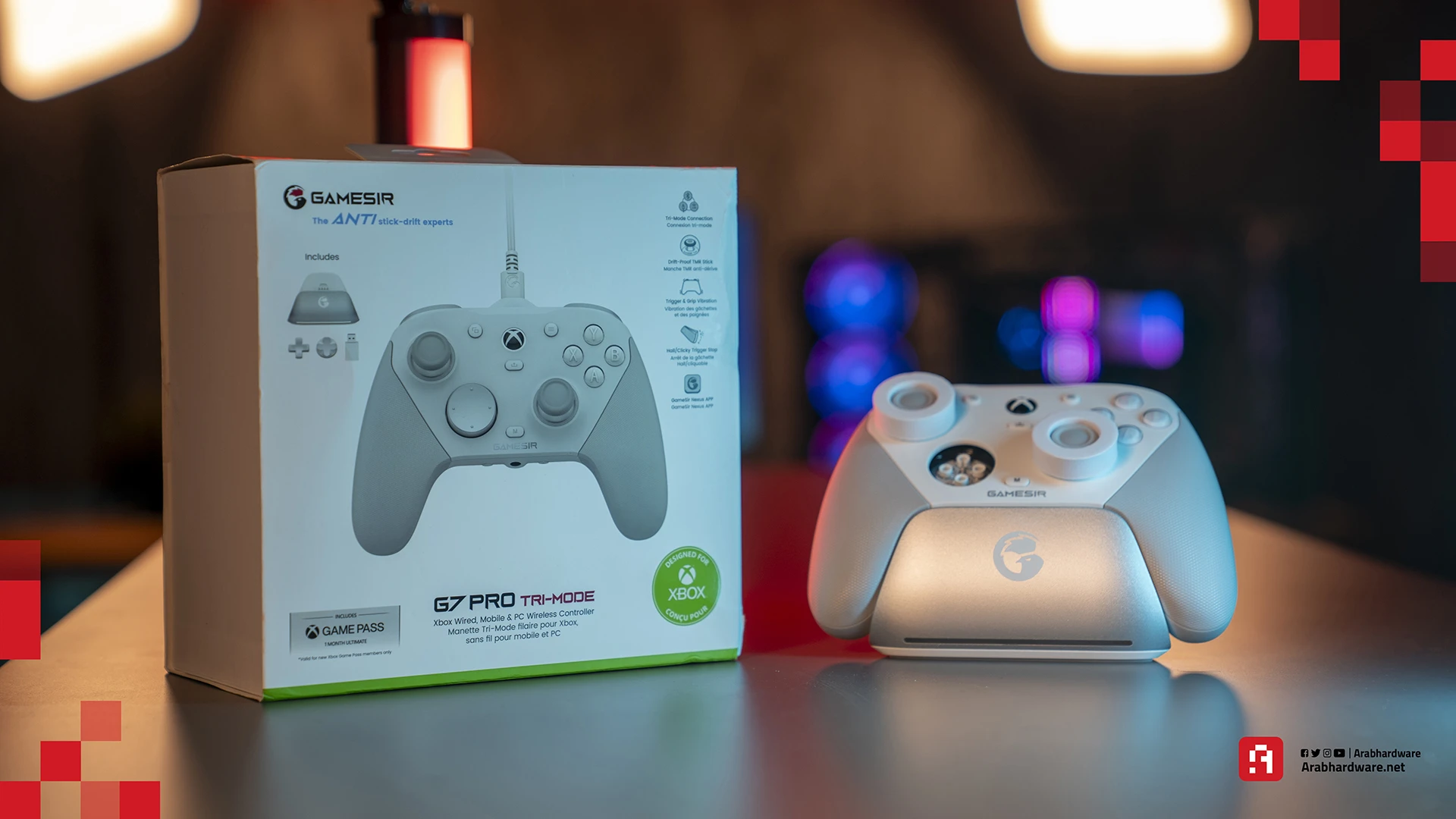Ah, another Nintendo Direct, the magical moment where dreams come true... or where we get a sequel to a game nobody asked for. Yes, folks, get ready for "Monster Hunter Stories 3," because obviously, two wasn't enough. And let’s not forget "Once Upon A Katamari"—because rolling things up never gets old, right? As for "Octopath Traveler 0," I guess the first one was just a warm-up?
It's like they’re throwing darts at a board of concepts and hoping for the best. But hey, who needs original ideas when you can just slap a number or a zero on it? Can’t wait for the next Direct—my expectations are officially at zero.
#NintendoDirect #Monster
It's like they’re throwing darts at a board of concepts and hoping for the best. But hey, who needs original ideas when you can just slap a number or a zero on it? Can’t wait for the next Direct—my expectations are officially at zero.
#NintendoDirect #Monster
Ah, another Nintendo Direct, the magical moment where dreams come true... or where we get a sequel to a game nobody asked for. Yes, folks, get ready for "Monster Hunter Stories 3," because obviously, two wasn't enough. And let’s not forget "Once Upon A Katamari"—because rolling things up never gets old, right? As for "Octopath Traveler 0," I guess the first one was just a warm-up?
It's like they’re throwing darts at a board of concepts and hoping for the best. But hey, who needs original ideas when you can just slap a number or a zero on it? Can’t wait for the next Direct—my expectations are officially at zero.
#NintendoDirect #Monster














